AframNews.com
“Addressing Current & Historical Realities Affecting Our Community”
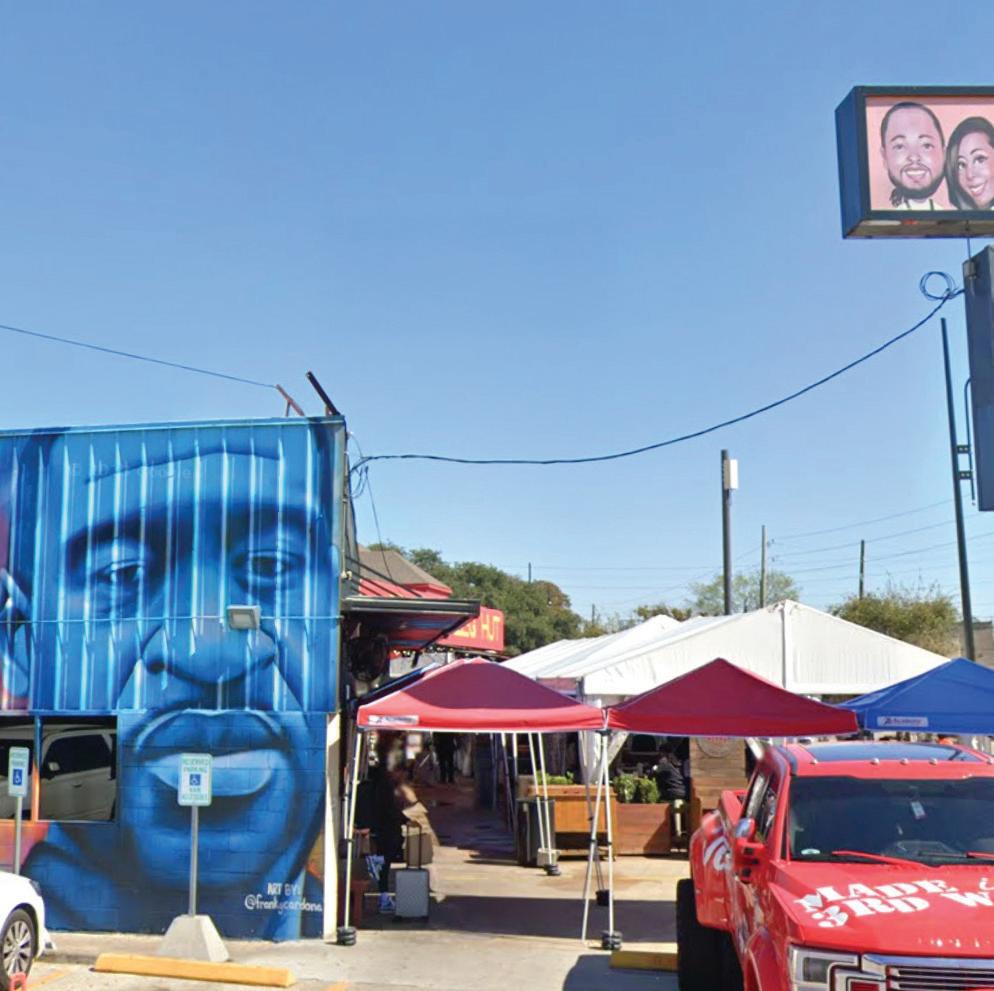
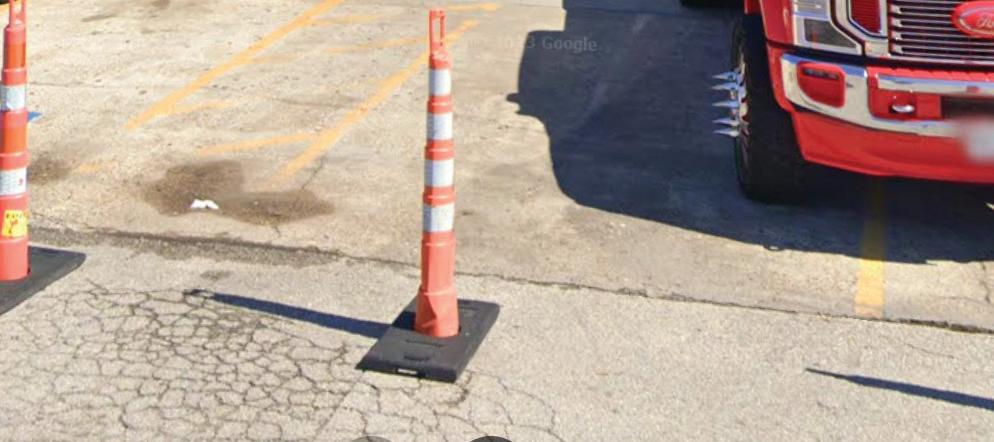



FROM HOTSPOT TO SHUTDOWN
By: Roy Douglas Malonson
e Turkey Leg Hut, founded around 2015 in Houston’s ird Ward at 4830 Almeda Road, rose quickly to local prominence. It began as a pop-up across from the Houston Livestock Show & Rodeo and then opened a brick-and-mortar location. e restaurant gained media attention for its festive atmosphere, long lines, and signature smoked and stu ed

turkey legs. It quickly became a cultural landmark in the area, especially popular among celebrities and social media in uencers. However, behind the success and popularity, nancial and legal troubles were quietly brewing. By early 2024, the business’s struggles had become public knowledge when Shutdown on pg. 3

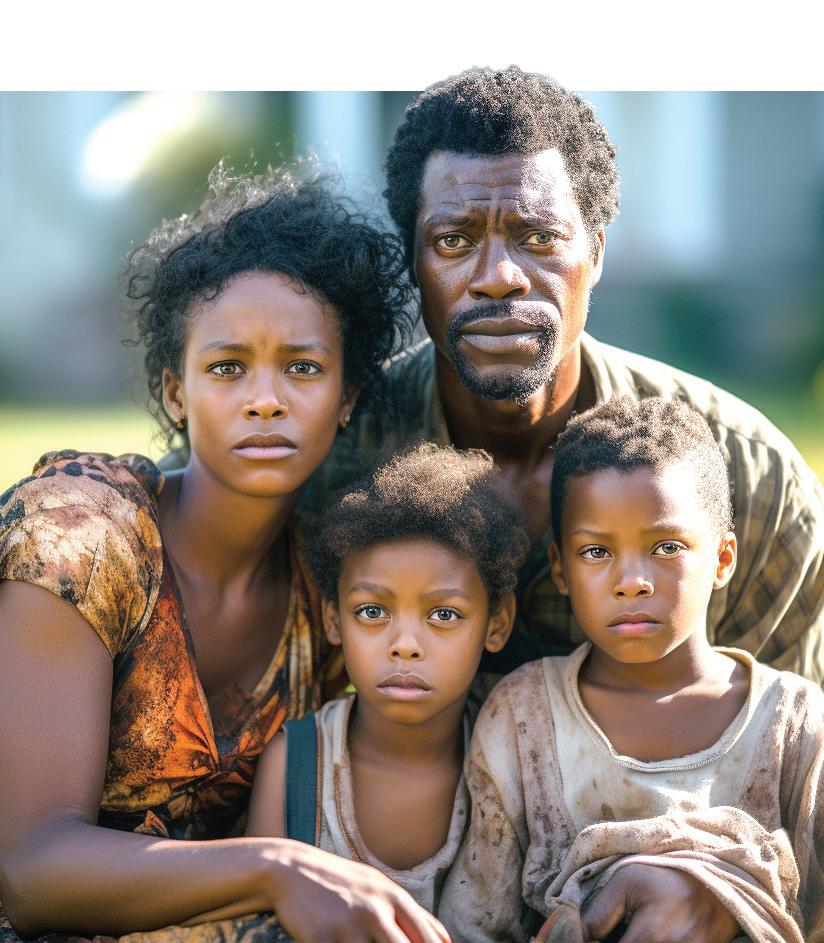
THE GRINDING WHEELS OF GENTRIFICATION IN HOUSTON
By: Fred Smith
In Houston, the engines of so-called progress are roaring through the city’s historic Black neighborhoods — paving over culture, memory, and legacy in the name of “revitalization.” What’s being called growth is, for many residents, nothing less than cultural erasure.
Communities like ird Ward, Fi h Ward, Independence Heights, and Sunnyside once stood as symbols of Black resilience and entrepreneurship. Families built homes there a er being denied access to other parts of the city. Churches, barber shops, and small businesses gave those areas their heartbeat. But now, the sound of bulldozers drowns out that rhythm.
Rents have surged. Property taxes have climbed. And longtime homeowners — many of them seniors — are receiving o ers they can’t refuse or a ord to match. What was once home is being rebranded as “up-and-coming,” while the people who made it vibrant are pushed further away. e faces are changing, but the story is familiar — a story of pro t over people.
Developers call it revitalization, but it o en means replacement. Co ee shops rise where corner stores once stood. Condos replace community centers. Murals painted with pride are scraped away for minimalist walls. Houston’s Black population in these neighborhoods continues to shrink as wealthier, o en white newcomers ood in, drawn by what’s being marketed as “authentic culture” — the very culture being erased.





A Revival of God Consciousness
EDITORIAL

BOX 41820 Houston, TX 77241



WHAT’S GOING ON?
At the time the song was written, Marvin Gaye, felt the need to express the spiritual pain of American society in a Rhythm and Blues song. Hence, in a classic Rhythm and Blues song Marvin asked the question: What’s Going On? “What’s Going On” addresses issues like racial intolerance, violence, and sel shness in American society. Senator John McCain always talked about Regular Order in the U. S. Senate. Today, there is nothing regular or orderly about the MAGACult Platform operating in the U. S. Senate. Regular Order is dead in both chambers, Senate and House. Trumpism killed it, and the Godly spirit of Senator John McCain is grieved. Sadly, the integration of some Christian churches and hate has compounded the problem of national unity. Far too many Americans have become bitter rather than better. Even though, it is never too late to try and become a better person. Of course, it is never too late to wake-up, and as Spike Lee said: “do the right thing”. e Trump MAGA-Cult has America experiencing ungodly dangerous times. Unfortunately, the federal government is functioning on a dichotomized basis of Red States versus Blue States rather than the United States of America. Hence, President Trump and his
MAGA-Cult followers are relitigating Civil War issues, targeting Blue States that did not vote for him rather than governing as the President of the United States of America. Hence, President Trump and his MAGA-Cult followers are saying loud and perfectly clear: my way or the highway! HATE did not Make America Great. HATE almost destroyed America. HATE was a driving force behind the Civil War. Question: can America become better rather than bitter?
What is going on in America should set o a God conscience alarm in every citizen, because the principles of democracy are under attack. e speeches of President Trump and Secretary Hegseth before the Military Brass (Generals) are the likes of which we have never heard before. Militarizing American society should be an ungodly unacceptable reality for every citizen; especially Christians, because militarization is not just perception of power, it’s real power. In America, military policemen are not acceptable. Militarizing American society is more than the perception of power. It is the ultimate form of power. Most of all, in America, we do not tolerate a system of militaristic civilian policing. Question: is America’s political system of checks and balances capable of restoring regular order and moral sanity? More importantly, can America transcend and break through the spiritual darkness of the Trump MAGACult and embrace the spiritual light of God that all


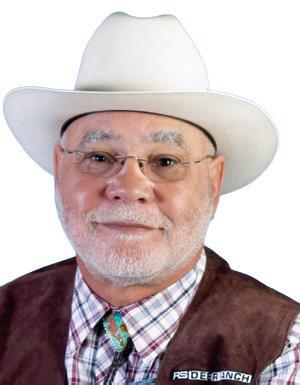

We Must Understand
Roy Douglas Malonson, Publisher
TWO AMERICAS,
ONE TRUTH
been excused; they’d have been erased. is double standard is the heartbeat of systemic racism. It’s not just about words— it’s about what those words reveal. ey show a culture that protects whiteness even when it’s soaked in hate. ey show how power forgives
show how power forgives itself when it wears the right color.

In America, there have always been two sets of rules— one written in law, the other written in skin. e recent
leak of racist, anti-Black, and hateful messages from young Republican leaders didn’t expose anything new. It simply con rmed what Black America has always known: white racism doesn’t end careers—it o en gets excused, defended, or ignored. ousands of private chat messages show future party leaders praising Hitler, using the n-word over 200 times, and calling Black people “monkeys.” Yet, instead of outrage from the top, we heard excuses. One national gure brushed it o as “kids saying stupid things.” Imagine, for a moment, if those “kids” had been Black— talking about violence, hate, or power. ey wouldn’t have
For centuries, America has punished Black anger while rewarding white indi erence. When a white leader mocks our pain, it’s “a
leader mocks our pain, it’s “a mistake.” When a Black voice demands justice, it’s “too aggressive.” e GOP scandal isn’t an isolated event—it’s a mirror re ecting the racial divide that still de nes who is allowed to o end, and who must always defend. Until America holds white o enders accountable with the same force it uses against Black truth-tellers, we will remain two nations living under one ag—one protected by privilege, the other punished by history. Racism doesn’t need a hood anymore. It just needs a password. And as these chats remind us, the silence of those in power is still its loudest ally.
Cont.
it led for bankruptcy protection.
In March 2024, the Turkey Leg Hut led for Chapter 11 bankruptcy, aiming to restructure and regain nancial stability. e ling revealed signi cant debt—approximately $4.7 million owed to 19 di erent creditors. Among the largest creditors were the Texas Comptroller of Public Accounts, owed nearly $2 million; the Small Business Administration, owed over $420,000; the Internal Revenue Service, owed $158,000; and the City of Houston, which was owed tens of thousands for water bills. e business also owed over $57,000 to American Express. In stark contrast to its liabilities, Turkey Leg Hut listed its assets at only $50,000 or less. Despite this, the owners expressed optimism, claiming that the ling was meant to help them “reposition and strengthen” the business. at optimism didn’t last long. A series of health violations and operational issues further weakened the restaurant’s chances of recovery.
In September 2024, the Houston Health Department issued 34 violations, including
unsafe food storage, improper equipment maintenance, and cleanliness concerns. ese health code breaches signi cantly damaged the restaurant’s reputation and led to a temporary closure. At the same time, lawsuits from vendors and former business partners began piling up. US Foods, a major supplier, sued the business for over $1 million in unpaid invoices, and a former co-owner led a lawsuit seeking over $900,000. e volume and scale of these legal battles suggested deep-rooted nancial mismanagement. Due to the worsening nancial condition and the inability to present a feasible reorganization plan, the court converted the case from Chapter 11 to Chapter 7 bankruptcy in September 2024. is shi signaled that the business would not be restructured, but instead liquidated. In Chapter 7 proceedings, a courtappointed trustee takes over the business’s assets and sells them to pay o creditors. However, in the case of Turkey Leg Hut, there were virtually no signi cant assets to liquidate. Compounding this, the landlord of the Almeda Road
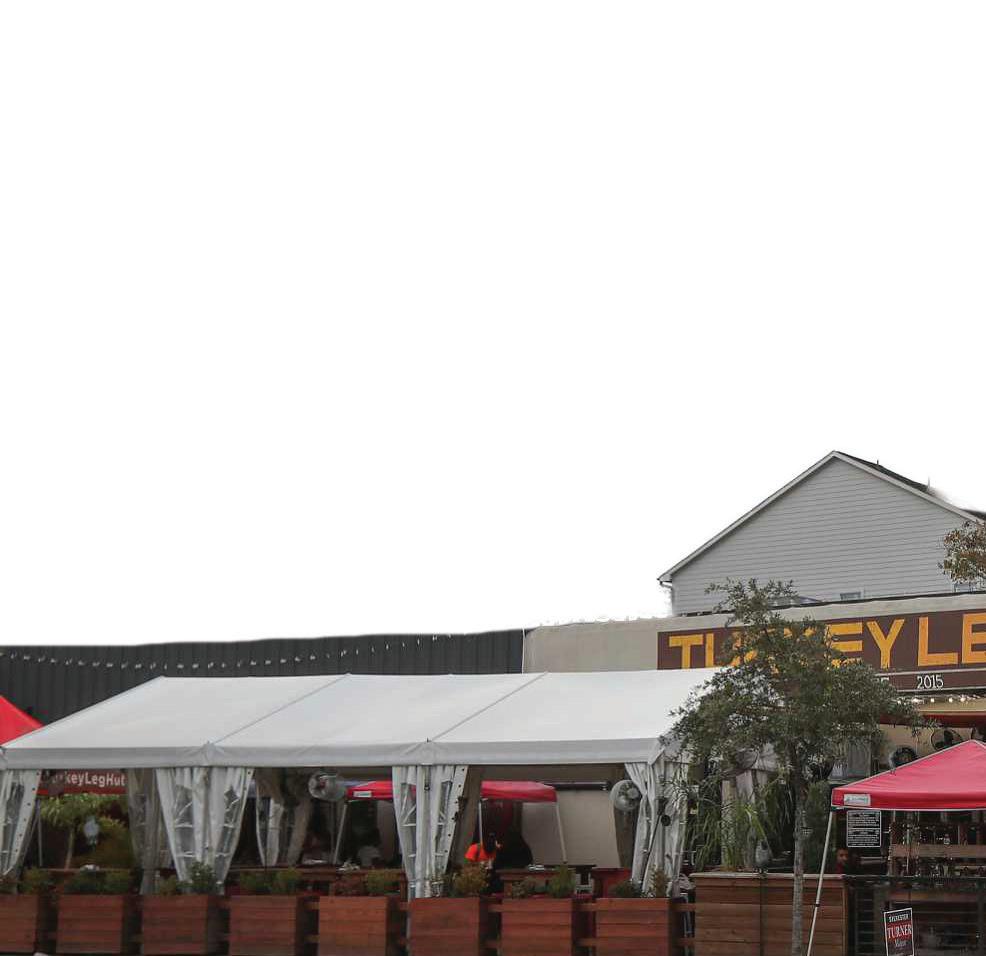
property terminated the restaurant’s lease, e ectively ending the business’s operation at its agship location. is development made it clear that the business had no viable path to recovery.
By October 2025, the nal blow came when court documents revealed that there were no assets available for distribution to creditors. More than $6.5 million in claims would be discharged with no payment, meaning creditors would receive nothing. is included unpaid taxes, loans, vendor invoices, and various other debts. e collapse of Turkey Leg Hut serves as a cautionary tale for businesses in the hospitality industry. It underscores the importance of nancial discipline, proper tax and vendor management, regulatory compliance, and sustainable growth.
Once a beloved hotspot, Turkey Leg Hut ended not with a comeback but with a liquidation and a trail of unpaid obligations.

HEALTH
THE VACCINE BACKSLIDE
By: Leanne Clark-Shirley
e federal government is on the brink of reversing a century of medical progress for older adults. As a social scientist, it’s not o en that I weigh in on medical policy. But as president of the American Society on Aging, which represents more than 5,000 professionals working with and on behalf of older adults, what I’m seeing alarms me.
Senior o cials within the current administration are tacitly encouraging vaccine skepticism -- and it’s jeopardizing the health of our rapidly aging population and undermining the longevity gains we’ve spent decades building.
If we continue down this path, older people today, as well as their children and grandchildren, could live shorter, sicker lives than those who came before them. In 45% of counties nationwide, older adults now outnumber children. Millions rely on caregivers and community health workers who enter their homes and assist with daily living. at makes vaccine policy not just a political debate, but a matter of life or death.
Yet the federal government is actively eroding the public’s trust in, and access to, vaccines. e administration recently irresponsibly red every member of the Advisory Committee on Immunization
Practices, functionally throwing away decades of institutional knowledge that guided vaccine recommendations.
Meanwhile, budget cuts at the Centers for Disease Control and Prevention and Food and Drug Administration threaten to delay research and approval for vaccines tailored to aging bodies, like those targeting RSV, shingles and pneumococcal infections.
at could leave older people vulnerable to new viral strains and unable to access the preventive care so many have counted on their whole lives.
e danger doesn’t end with today’s older adults. Today’s unvaccinated children are tomorrow’s elders.
Take measles, for instance. anks to a widespread immunization campaign, the United States eradicated measles in 2000. Now cases are soaring as vaccination rates drop.
Downplaying the severity of the infection is dangerous. Secretary of Health and Human Services Robert F. Kennedy Jr. recently claimed that measles infection provides lifelong protection in a way that vaccines don’t. Research shows that’s not true.
Scientists have discovered that measles causes “immune amnesia” -- potentially wiping
out more than 70% of a child’s antibody defenses against other diseases.
Children who survive measles become far more vulnerable to other infections for years a erward. More broadly, a growing body of evidence shows that access to preventive care in childhood, including immunizations, lowers the risk of chronic illness and disability in later life.
Childhood vaccinations don’t just prevent infections. ey are a building block for healthy aging. Skipping them early on may set people up for greater impairments and shorter lifespans decades down the road.
ese policy changes are also taking a personal toll on older people and caregivers, who are experiencing growing anxiety and confusion. A free, e ective shot used to be something they could count on.
For the past century, vaccines have made it increasingly possible for Americans to reach old age and experience longevity. To throw that away now, during the greatest aging boom in our history, would be shortsighted and tragic. We need clear, sciencedriven vaccine guidelines, robust funding for immunization research and public messaging that builds trust instead of fear.
THROUGH THE LENS OF TIME: BLACK HISTORY IS 24/7/365
1863 1885
1916 1920 1896 1918 1865
1863 . Lincoln’s Emancipation Proclamation goes into e ect, changing the legal status of 3 million slaves in designated areas of the Confederacy from “slave” to “free.”
1865. On June 19, Union soldiers arrive in Galveston, Texas to spread the news of the Civil War end and subsequent freedom of slavery.
1885. A majority of Southern states pass individual state laws requiring separate schools for black and white students.
1896. Plessy v. Ferguson legitimizes state laws reestablishing racial segregation in Southern states.

HOUSTON
1916. e Great Migration begins, where more than six million African Americans move from the rural South to various urban metropolitan areas.
1918. e Dyer Antilynching Bill is rst introduced, intending to establish lynching as a federal crime.



ARLINGTON



Houston ISD is weighing a proposal to give greater autonomy to its highestperforming high schools. The plan would allow these campuses more control over key decisions such as budgeting, staffing, and curriculum design. District leaders say the goal is to reward academic excellence and encourage innovation by reducing bureaucratic hurdles for schools that consistently meet or exceed performance standards. Supporters argue that added flexibility could help schools tailor programs to better meet students’ needs, while critics caution that it could widen disparities between well-resourced and struggling campuses.
DALLAS

TEXAS TAKEAWAY

Arlington Mayor Jim Ross has announced that he will seek reelection.













Two Dallas restaurants are at risk of losing a major source of revenue after the city abruptly began enforcing a rule that had never been applied during their years of operation. The sudden change has left the owners frustrated and scrambling to adjust, saying they were given little to no warning about the enforcement shift. For years, the businesses say they operated under the assumption that their practices complied with city regulations. Now, they worry the loss of income could force staff cuts or even threaten their long-term survival.
SAN ANTONIO

seriously to African art, and politics. or even threaten their long-term survival.


Texas regulators have approved a wastewater project located above a sensitive watershed in the San Antonio area. Critics have called for stricter oversight and more comprehensive environmental studies before construction begins.
Jean-Michel Basquiat was a neo-expressionist and graffiti artist born in Brooklyn in 1960, who gained fame in the 1980s for his unique style that blended text, images, and socio-political commentary. He started his career as a street artist under the tag “SAMO©” before becoming a celebrated painter who explored themes of race, identity, power, and colonialism.
AFRICAN AMERICAN HERITAGE MONUMENT AND PARK TO BE DEDICATED IN HOUSTON AREA
By: Shera Higgs Thompson
On Saturday, October 25, 2025, Fort Bend County will dedicate the African American Heritage Monument + Park at Historic Bates Allen Park in Kendleton, Texas. Rising 40 feet and situated on a 236-acre historic site, the monument is the tallest African American monument in the United States and one of the most culturally signi cant memorials of its kind in the world.
e African American Heritage Monument + Park honors the legacy of formerly enslaved families, celebrates generations of resilience, and creates a space where history, cultural pride, and economic empowerment intersect. e project was spearheaded by Commissioner Dexter L. McCoy, Fort Bend County Precinct 4, community stakeholders in partnership with the African American Memorial Conservancy and design visionary Daimian Hines of Hines Architecture + Design (Hines A+D).
e project consists of two phases: Phase one, for which $10 million has already been invested, will deliver a 3-story precast memorial with 95 faceted concrete panels that centers a verdant park dubbed “Juneteenth Plaza.” is element also includes a Community Garden that will provide fresh produce to underserved
communities and a re ective pond that will symbolize unity and connection. Phase two will deliver the African American Learning Center at Bates Allen Park that will acknowledge the hands that helped to build much of Fort Bend County.
“What sets this memorial apart is how design and history come together. e monument’s scale, materials, and gathering spaces embody resilience and beauty, creating a place where visitors don’t just see history, they feel it,” Hines Principal, Daimian Hines stated. e site on which Monument + Park sits carries much historical signi cance – as the location of the rst African American settlement in Texas.
In addition, Benjamin Franklin Williams, recognized as the rst Black legislator in Texas, is buried in the Newman Chapel Cemetery on the site. “ e Conservancy was created to preserve history, upli voices, and inspire communities. With this monument and park, we are standing
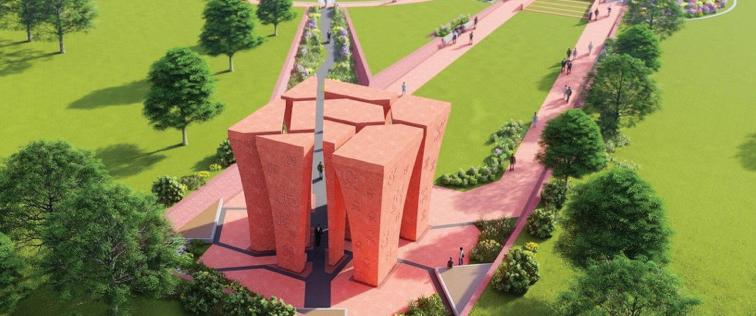
on the shoulders of giants, planting seeds of education, pride, and empowerment that will grow for generations to come,” stated Lucy J. Bremond, Founding Chairman, African American
Memorial Conservancy. “ e African American Heritage Monument and Park is more than a landmark—it is a living legacy and a testimony to the resilience and contributions of African Americans.
I want every visitor to leave inspired— understanding the history that shaped us and envisioning the unity and progress we must continue to build together,” said Commissioner McCoy. AA

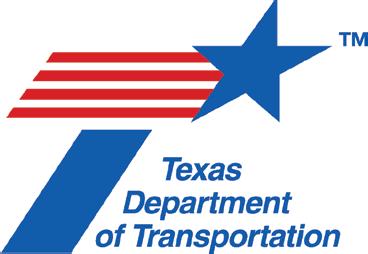
North Houston Highway Improvement Project (NHHIP)


YOU’RE INVITED TO A PUBLIC MEETING
I-45 NORTH HOUSTON HIGHWAY IMPROVEMENT PROJECT (NHHIP) SEGMENTS 3B1 & 3B2 VIRTUAL MEETING
THURSDAY, OCTOBER 30, 2025
5 – 7 P.M.
REAL-TIME QUESTION & ANSWER SESSIONS
YOU MAY ACCESS THE PUBLIC MEETING BY VISITING THIS LINK: WWW.VIRTUAL.NHHIPPUBLICMEETINGS.COM OR USE THE QR CODE BELOW.
Join us to learn more about the Interstate (I) -45 North Houston Highway Improvement Project (NHHIP) – a transformative project designed to reduce congestion, enhance safety, improve mobility, drive economic and community opportunities and bolster flood resilience across the Houston region.
The public meeting will focus on the two NHHIP projects on which construction is occurring, Segment 3B-1 and Segment 3B-2, and the status of activities and requirements under the Voluntary Resolution Agreement (VRA) between TxDOT and the Federal Highway Administration (FHWA). A map depicting the full project limits, including each of the three segments, is available at (www.txdot.gov/nhhip).
PROJECT LIMITS:
The project spans I-45 from I-69 to Beltway 8 North, including I-69 improvements between Spur 527 and I-45 in Harris County, Texas. This encompasses the reconstruction of the downtown Houston freeway loop system, including I-45, I-69, I-10, and SH 288. I-45 will be rerouted from the west side of downtown Houston to run parallel with I-69 and I-10 until it exits the downtown area and continues north.
The public meeting will be conducted in English with Spanish interpretation available. If you need an interpreter or document translator because English or Spanish is not your primary language, or have difficulty communicating effectively in English or Spanish, one will be provided to you free of charge. If you have a disability and need assistance, special arrangements can be made to accommodate most needs. If you need interpretation or translation services or if you are a person with a disability who requires an accommodation to attend and participate in the public meeting, please contact Gabriel Adame, Public Engagement Coordinator, at 713-802-5199 or Gabriel.Adame@txdot.gov, no later than 4 p.m., Friday, Oct. 24, 2025. Please be aware that advance notice is required as some services and accommodations may require time for the project team to arrange.
French: Veuillez appeler le 713-802-5199 pour demander des aménagements spéciaux ou si vous avez besoin d'interprétation / de traduction.
Arabic: / اذ و 713-802-5199
Somali: Fadlan wac 713-802-5199 si aad u codsato qodobo gaar ah ama haddii aad u baahan tahay tarjumaad / turjumaan.
Swahili: Tafadhali piga simu kwa 713-802-5199 ili kuomba malazi maalum au ikiwa unahitaji ukalimani au utafsiri.













COMMENTS OR QUESTIONS

Kinyarwanda: Mwihanganye ku 713-802-5199 kugirango mwishyure ibisabishijwe byihutirwa cyangwa niba mufite ubutabera bwo guhumurizwa /guhindurwa ku rurimi. Mandarin: Mandarin (traditional Chinese): 如出席和参与会�需要特殊照顧或需要口譯
713-802-5199
Mandarin (simplified Chinese): Vietnamese: Xin hãy gọi 713-802-5199



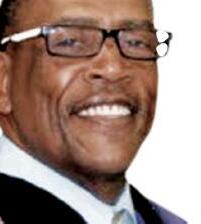







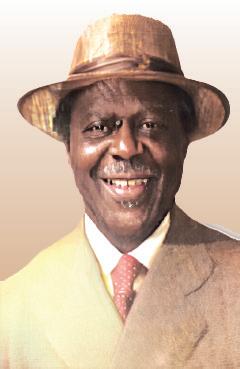





























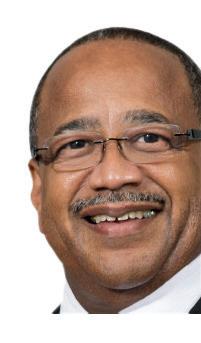





















HOUSTON, WE HAVE A PROBLEM
By: Travis McGee
Houstonians, Community leaders, and even some elected employees from all over Bayou City are all asking the same questions and all are getting the same answers or the lack of the basic information excluding the names of the victims. e basic demographics of a victim or suspect has never hindered any type of investigation considering they always mention race and sex, either as the suspect or the victim. It’s easy to tell others not to be alarmed when we can still see and talk to our own love ones. We e People don’t want assumptions, but instead we want basic information in a timely manner. We simply don’t know what’s going on. e closet we have come to a serial killer are characters on tv. We don’t know if they exist or not here in Houston, however nothing should be ruled out. We don’t know what happened to any of the victims due to lack of transparency. Information should be forthcoming before it is demanded. Lack of Transparency is a huge problem that leads to mistrust as well as speculations. We can’t assume the causes of the death because we simply do not know and hopefully every human body found is treated with dignity and respect by doing a proper investigation vs just
another body found.
In 2023- 26 human bodies were found in our area bayous, in 2024 -24 bodies were found and in 2025- 23 bodies were found with 2 months le in the year. In a 3-year span that’s a total of 73 bodies that we know of. is is one body too many and too many bodies without enough answers if any at all.
Everybody is Some body and not one of these bodies should be treated like” No Body”. Vague or no information leads to speculations, however sometimes speculations and assumptions are one in the same. For example, some speculation arrived that Houston may or may not have a serial killer, on the other hand assumptions were made that suicide, drownings, homelessness, natural causes, etc. played a role in these deaths without all of these instances proving to be true.
Realistically speaking homicide could’ve played a role also. We simply don’t know, so yes there is reason to be alarmed and careful at the same time.
e 4th largest city and energy capital of the world just can’t be strong around hurricane season, but we have to be both strong and transparent all the time 365/24/7. In the past and present our bayous have been holding much more than water. We understand that people dump any and everything whether
it’s in our neighborhoods or in our bayous from building materials, cars, dead animals, trash, junk, and yes even dead bodies however somethings are priceless like human life. e purpose of our bayous is to hold and move large volumes of water that accumulate in our neighborhoods and on our thoroughfares whether streets or highways a er a good rain, storm, or hurricane. Anything in the bayou that shouldn’t be there is restricting the water ow, so why not dredge the bayous sections at a time on schedule or as needed as routine maintenance, high water preparation, and hurricane preparedness. Since we are also considered the bayou city, we have to be proactive with the daily operations and maintenance or of our 22 bayous. We can use our bayou to train for both search e orts and highwater rescue. We can’t cover all 2,500 miles in a day, but we must start somewhere. e National Guard can be utilized in dredging our bayous along with other state resources and funding. If everybody does something, everything will get done. Now that the alarmed has been sounded what are we going to do about it?



LONE STAR COLLEGE SYSTEM HIRES CHIEF INDUSTRY PARTNERSHIPS AND ADVANCEMENT OFFICER LOCAL
By: Roycelyn Bastian
Lone Star College System is pleased to hire Chantell W. Link, Ph.D., as the new associate vice chancellor and chief industry partnerships and career advancement o cer, starting Oct. 16. She will lead systemwide e orts to strengthen workforce partnerships, expand careerconnected learning, and advance industryaligned initiatives that prepare students for high-demand careers.
“Dr. Link’s experience and vision for connecting education to workforce opportunity make her an ideal leader for this role,” said Kristy Vienne, Ed.D., vice chancellor, Finance and Administration and CFO. “Her leadership will be instrumental in deepening our partnerships with employers, advancing career readiness, and ensuring our programs align with the evolving needs of the regional and state economy.”
Link has more than 20 years of progressive higher education leadership, spanning student success, academic a airs, online education, institutional operations, and strategic growth. She has been recognized for her collaborative leadership and her ability to build partnerships that enhance both student outcomes and community impact. As a former LSCS leader, she is











honored to return to an institution that shares her commitment

honored to return to an institution that shares her commitment to access, excellence, and workforce innovation.





“I am truly excited to return to Lone Star College System and to contribute to the continued advancement of workforce partnerships and career pathways,” said Link. “ e college system has a longstanding reputation for innovation and studentcentered excellence, and I look forward to collaborating with colleagues and community partners to expand opportunities for students and employers across the region.”
Link’s career began at Prairie View A&M University, where she discovered her passion for expanding educational access and student success. She has since served in senior roles, including vice president, associate vice chancellor, and university president across diverse higher education models.
In these positions, she has overseen multicampus operations, led strategic planning, and championed initiatives that improve academic quality, workforce alignment, and institutional performance.
Link holds a Ph.D. in Psychology from Capella University, a master’s
degree in counseling, a bachelor’s degree in Psychology from Prairie View A&M University, and a Mental Health Counseling Certi cation from Lamar University. She is also a licensed professional counselor associate (LPC-Associate) and remains active in community and professional service. Lone Star College System enrolls over 90,000 students each semester providing high-quality, low-cost academic transfer and career training education. LSCS is training tomorrow’s workforce today and rede ning the community college experience to support student success.
Mario K. Castillo, J.D., serves as Chancellor of LSCS, the largest institution of higher education in the Houston area and has been named a 2025 Great Colleges to Work For® institution by the Chronicle of Higher Education. LSCS consists of eight colleges, seven centers, eight Workforce Centers of Excellence and Lone Star Corporate College. To learn more, visit LoneStar.edu.









































































